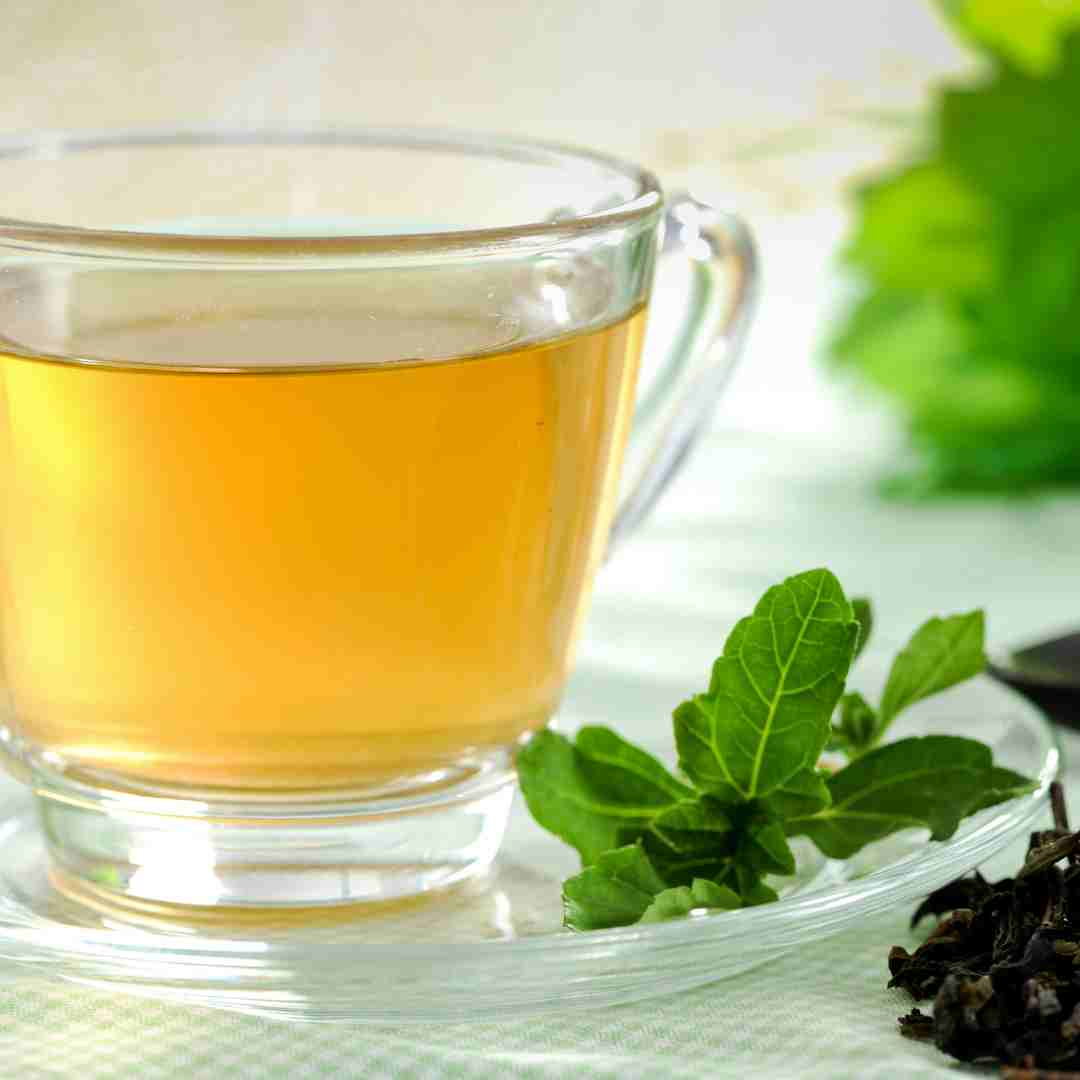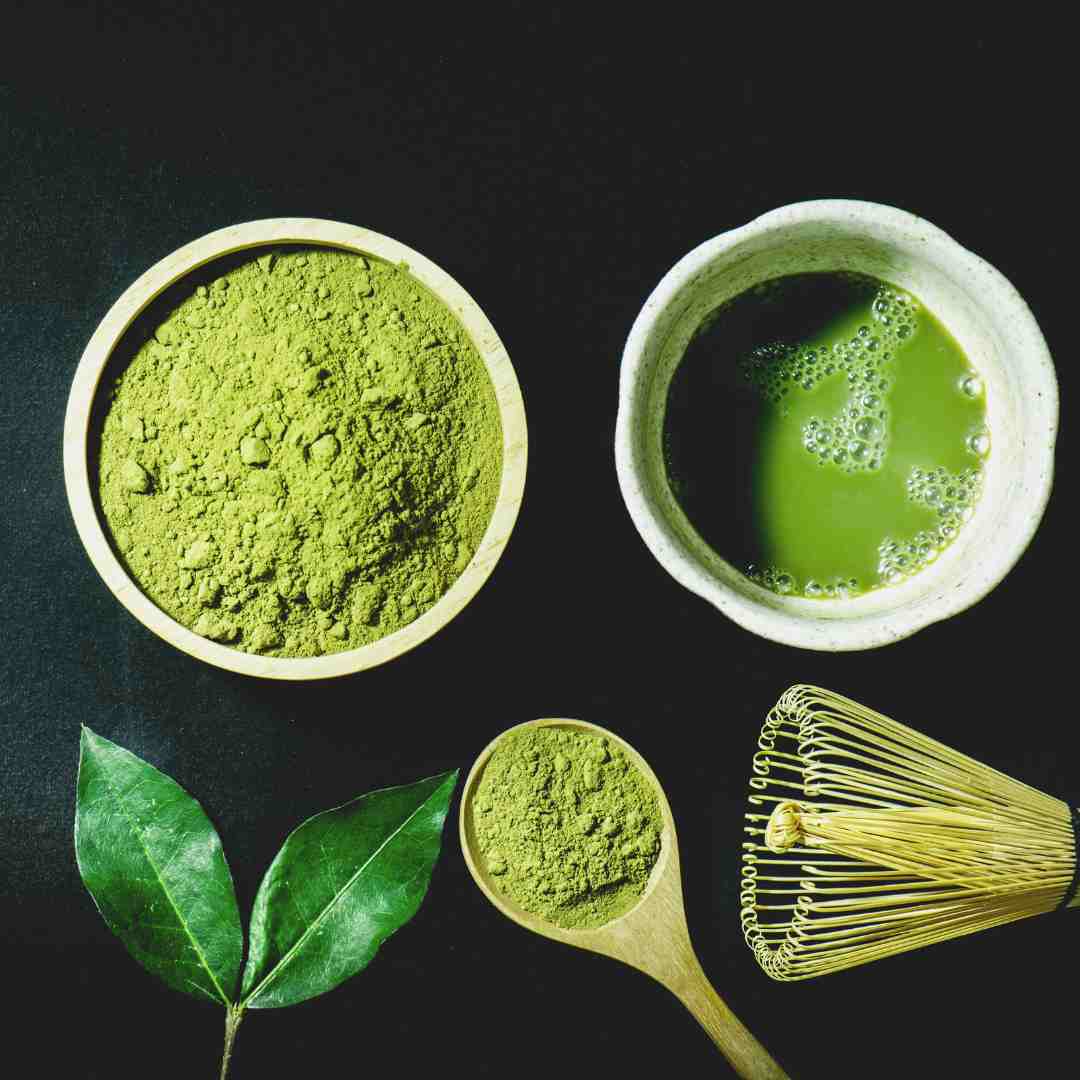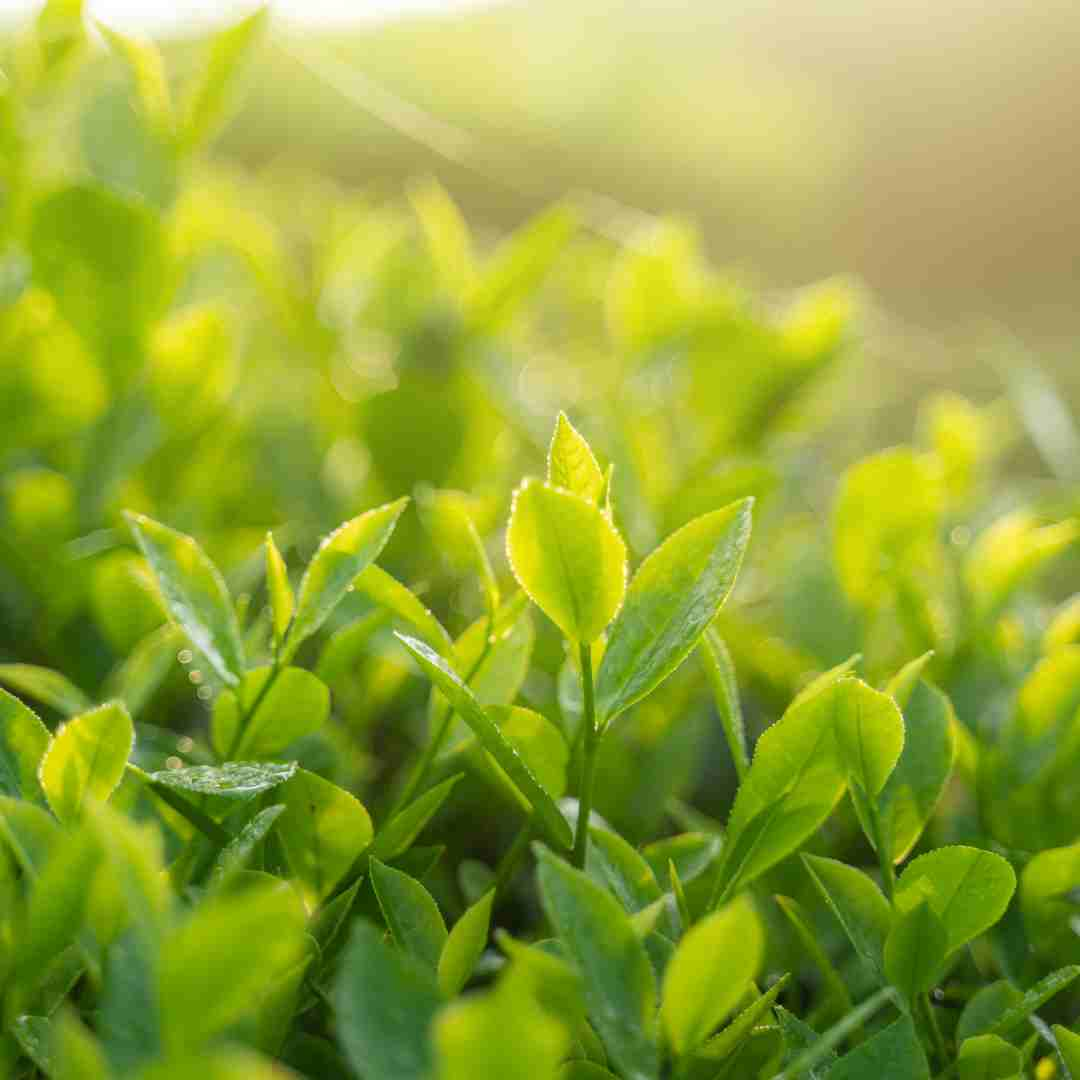We all know green tea is one of the healthiest beverages available, but sometimes it comes in an unexpected color – brown. This might surprise some people since we typically associate green tea with its namesake color. Most people sometimes find it strange why is their green tea brown? In this blog post, we’ll explore some of the reasons why green tea can appear brown, as well as delve into the different varieties of green tea and their colors.
All in all, there’s nothing wrong with having a cup of brownish-green tea now and then! The key is understanding what type it is and how much caffeine it contains so you know what kind of flavor profile to expect before taking your first sip! For those who like a milder cup with less caffeine – stick to lighter varieties such as Sencha or Bancha – both will provide an enjoyable taste without any surprises! Whether it’s light or dark – there’s something for everyone when it comes to exploring different types of green teas!
Contents
- 1 What Makes Green Tea Unique?
- 2 Why Does Green Tea Turn Brown?
- 3 How Can I Avoid Brown Tea?
- 4 Possible Reasons for Brown Color of Tea
- 5 Different Varieties Of Green Tea
- 6 Green Tea Brown – Conclusion
- 7 FAQs
- 8 Q. What makes tea brown?
- 9 Q. Does green tea get darker the longer it steeps?
- 10 Q. Is there any way to stop green tea from turning brown?
- 11 Q. What kind of tea is brown?
- 12 Sources
What Makes Green Tea Unique?
Green tea differs from its black and oolong counterparts because of its unique production process. While other teas are oxidized or fermented, green tea leaves are heated quickly to prevent oxidation. This preserves the natural flavors of the leaf while also helping to retain its bright green color. When brewed correctly, green tea should remain a light shade of yellow or green.
Why Does Green Tea Turn Brown?
The main reason why green tea turns brown is due to over-brewing. If you leave your green tea bag in water for too long (usually more than 4 minutes), then the tannins present in the leaf will be released into the water, causing it to turn brownish-yellow in color. Another factor that can affect color is temperature; if your water is too hot (over 175°F) when brewing your tea, then it will also turn brown due to the release of tannins.
How Can I Avoid Brown Tea?
The best way to avoid brown-colored green tea is by following these simple steps:
- Use cold water when brewing your tea;
- Never brew your green tea for longer than 4 minutes;
- Make sure you’re using fresh leaves or quality loose-leaf teas;
- Use filtered or natural spring water instead of tap water;
- Try using a lower temperature (150-175°F).
Following these tips will help ensure that you get a cup of bright green or yellow-green-colored tea!
Possible Reasons for Brown Color of Tea
Low-Quality Leaves
Low-quality leaves might not be able to retain their green color during the processing stage. This is especially true for mass-produced teas that don’t undergo proper care and handling.
Brewing Green Tea
Green tea gets its name from the leaves used to make it – unprocessed Camellia sinensis leaves that turn a bright shade of green when steeped. The process of making green tea involves controlling the oxidation level of these fresh leaves so that they remain a vibrant green color, but when brewed for too long or at too high a temperature, oxidation levels increase and these leaves turn brown. This can happen regardless of how good quality your ingredients are or how experienced you are in making the perfect cup; if you overdo it even slightly, your tea can come out looking more black than green.
Oxidation Levels and Colors
The amount of oxidation that takes place during brewing affects not only the aroma and taste of your cup but also its color. In general, lightly oxidized teas like white and yellow teas will produce lighter-colored brews while more heavily oxidized teas such as greens and oolongs will yield darker-colored drinks.
Greens usually contain low amounts of oxidation which results in a delicate flavor profile alongside their signature hue. When brewed properly, they should have a golden yellow hue instead of brown. But because this type of tea requires precise preparation to achieve its ideal flavor profile, slight variations in steeping time or temperature can cause it to become oxidized more quickly and thus develop a deeper shade than expected.

Exposure to too Much Sunlight
Another reason why green tea can turn brown is exposure to too much sunlight. Too much sunlight can cause the leaves and buds of unprocessed Camellia sinensis plants to oxidize, which not only affects the flavor profile of your cup but also it’s color. Sunlight-damaged teas tend to have a darker hue and a more intense flavor, so if you’re looking for the delicate sweetness that comes with green teas, it’s best to avoid those that have been exposed to too much sunlight.
Different Varieties Of Green Tea
Not all types of green teas look alike either; different varieties may have varying degrees of brightness depending on how much they’ve been processed or blended with other ingredients. For example,
- Matcha is made from finely ground powder derived from specially grown and processed tea leaves which gives it an intense emerald color when mixed with hot water.

- Sencha is another popular variety known for its bright jade hue that develops after being boiled for several minutes before drinking.
- Hojicha has less caffeine than other types due to its roasting process which gives it a distinct reddish-brown tint after steeping.
- Genmaicha has popped rice mixed with sencha leaves creating an even darker shade due to both components’ longer brewing times.
- Gyokuro boasts one of the brightest shades among all Japanese greens while Kabusecha has slightly lower levels of chlorophyll resulting in a milder hue compared to its counterparts.
- Shincha is made using newly harvested young buds which produces an especially vivid emerald tone reminiscent of springtime pastures.

So although most types are traditionally classified as “green” teas due to their origins, there’s quite a bit of variety within this group regarding their colors – some display brighter shades than others due to various processing techniques or added ingredients used during production.
Green Tea Brown – Conclusion
Ultimately if you find yourself wondering why your cup looks brown rather than light green or yellow-green despite following all preparation instructions correctly – don’t worry! As mentioned earlier, over-brewing or using high temperatures can cause oxidation levels to rise rapidly resulting in deeper colors regardless of type or quality so if this happens simply adjust your brewing parameters accordingly next time around for better results. Lastly don’t forget that there are lots of different kinds each boasting unique hues so experiment with them until you find one that suits your taste!
FAQs
Q. What makes tea brown?
A. Tea may turn brown due to oxidation, overexposure to sunlight, and the type of green tea used.
Q. Does green tea get darker the longer it steeps?
A. Yes, green tea gets darker the longer it steeps due to oxidation and can develop a deeper color than expected if not prepared correctly.
Q. Is there any way to stop green tea from turning brown?
A. Yes, controlling the brewing time and temperature is key in preventing green tea from turning brown. Additionally, using teas that are less prone to oxidation such as Matcha or Gyokuro can also help maintain a lighter hue.
Q. What kind of tea is brown?
A. Tea that has been oxidized or exposed to too much sunlight can turn brown. Teas such as Hojicha and Genmaicha are usually dark reddish-brown hue due to their roasting process, while Shincha is a brighter emerald green compared to other varieties.

